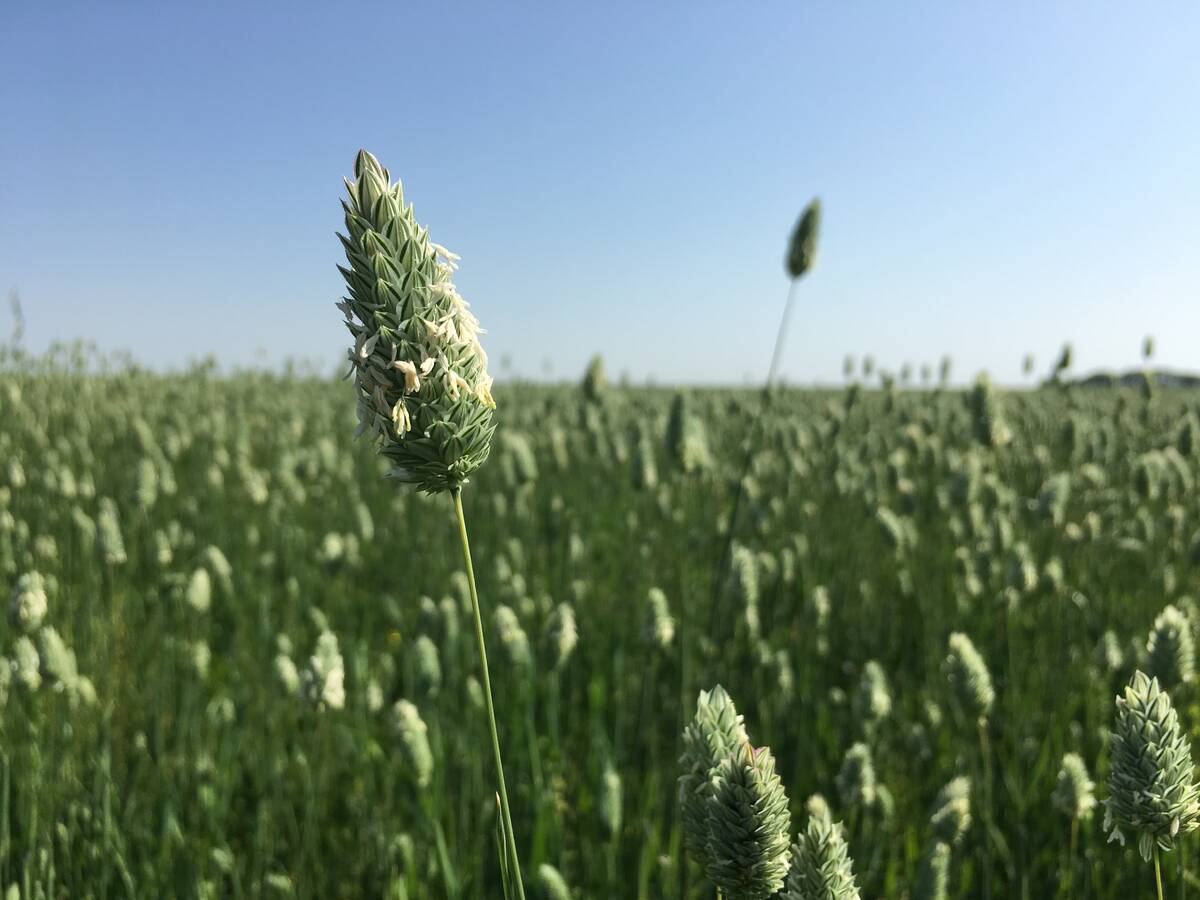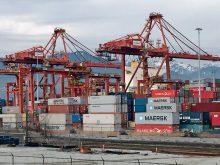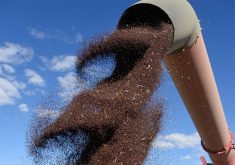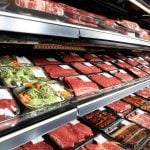It’s sad to see how profoundly the world’s trade demons have come to haunt the minds of western Canadian farmers.
When three farmers on a panel at Ag in Motion were asked about their main considerations when selecting a new crop variety to try, all three included “market acceptance” on their short list.
Wow! Besides yield potential and resiliency, a market acceptability concern reveals the extreme risk that farmers have learned to live with when it comes to innovations in plant breeding.
Read Also

No special crop fireworks expected
farmers should not expect fireworks in the special crops market due to ample supplies.
It’s not something anybody should need to worry about. However, after seeing the European Union play games with Canadian canola for decades, block literal boatloads of flax and threaten to bar its markets from the products of innovative plant breeding methods, farmers have learned to be wary of marketing complications that can occur after a crop has been grown and binned.
It’s a factor that needs to be considered any time a farmer thinks of taking on a new variety. Market acceptance joins residue concerns, clubroot and other disease resistance, drought tolerance and the myriad other factors that pile up on cropping decisions.
Unfortunately, the market acceptance factor could become even more vexing, although not due to breeding methods.
All around the world, countries are talking about “sustainability” and how to ensure that the foods they import are produced in a sustainable manner. (It’s safe to define sustainability as producing a crop or animal without making the environment worse.)
That general concern tends to benefit Canadian farmers. Farming here employs cutting edge techniques to protect soil and avoid water pollution.
While most of the world is busily tilling away, most prairie acres are conservation-tilled and manure is spread at limited rates. If any farming region in the world can claim to be sustainable, it’s Western Canada.
The problem arises with how sustainability is measured and regulated. If countries start dictating through regulations what specific practices, products or procedures must be employed to produce foods for their markets, things could get nightmarish.
One EU is enough. Another dozen or two playing the same games would snarl ag trade everywhere.
That’s what’s prompted the Canadian Agri-Food Trade Alliance to issue a set of principles it hopes governments employ when thinking about setting conditions for market acceptance based on sustainability. (See related story here.)
Imagine the complications that could occur if, for example, one of our trading partners decided that tile drainage was a negative practice and banned crops from tile-drained land. It’s not crazy to think somebody might do that. Some countries look for excuses to shut their borders. Consider the EU with genetically modified crops.
And bureaucrats apply regulations, even if they’re counterproductive. That’s their job, to apply and not interfere even if they don’t like the regs.
Farmers have learned to check a variety’s market acceptability before sticking seeds in the soil. It’s sad, but it’s going to remain a part of risk management from now on. It’s not going away.
















